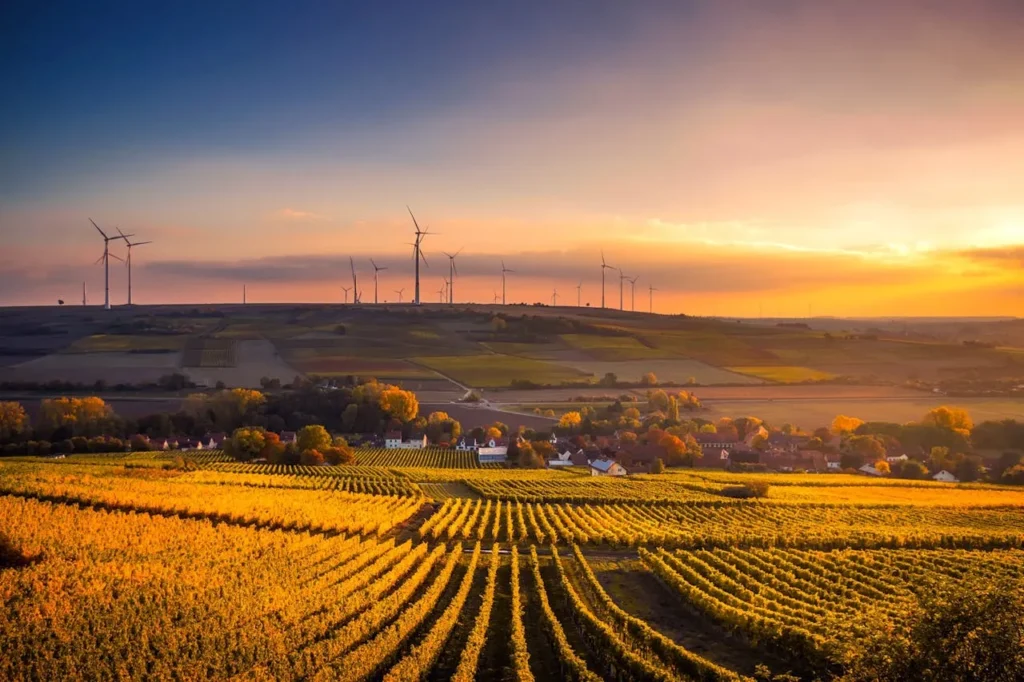As the world grapples with an urgent need to address climate change, agriculture emerges as both a contributor and a potential solution to the problem. Carbon farming presents a promising way for the agricultural sector to play a significant role in mitigating climate change by avoiding GHG emissions and enhancing the capacity of soils to store carbon.
Understanding Carbon Sequestration
Carbon sequestration involves capturing atmospheric carbon dioxide (CO2) and storing it in a stable form within the soil. This process is critical as it helps offset emissions from fossil fuels and other sources. Through practices that increase soil organic matter, farmers can transform their lands into valuable carbon sinks, thereby reducing the overall concentration of CO2 in the atmosphere.
Avoiding GHG Emissions
Avoiding severe GHG emissions primarily entails taking steps to prevent formation of Methane by avoiding overuse of factory fertilizer as well as preventing storage of livestock waste under anaerobic conditions. Enviro.Farm Systems accomplishes this goal by aerobic transformation of animal waste stored in lagoons into true liquid fertilizer to be distributed onto growing crops using precision application systems with center pivots. This prevents methane emissions that occur when fertilizer is stored in the soil for extended periods of time.
The Role of No-Till Farming
No-till farming is a key technique in carbon farming, where the soil is minimally disturbed. This practice helps maintain the integrity of the soil structure and keeps carbon locked within the soil rather than being released into the atmosphere. By avoiding tilling, farmers can significantly enhance the organic matter in their soil, promoting greater carbon sequestration and improving soil health and productivity.
Biochar as a Soil Amendment
Biochar, a form of charcoal made from organic waste, is added to soil as an amendment to improve soil health and increase carbon storage. When incorporated into the soil, biochar creates a stable carbon structure that can retain carbon for hundreds to thousands of years, effectively removing it from the carbon cycle and significantly reducing the greenhouse effect.
Implementing Agroforestry Systems
Agroforestry combines agricultural and forestry technologies to create more diverse, productive, sustainable, and resource-efficient land-use systems. Trees and shrubs in these systems capture significant amounts of carbon through photosynthesis and store it in their biomass and the soil. This not only aids in carbon sequestration but also enhances biodiversity and stabilizes the soil.
Reducing Carbon Footprint Through Farm Practices
Farms can reduce their carbon footprint by adopting practices beyond carbon sequestration. These include optimizing energy use, utilizing renewable energy sources like solar or wind power, and adopting more efficient machinery and farming techniques such as aerobic manure management with center pivot application. By reducing their overall emissions, farms contribute directly to climate change mitigation.
Challenges and Opportunities in Carbon Farming
While the potential of carbon farming is vast, it comes with challenges such as initial investment costs, the need for new skills and knowledge, and variable results depending on regional climates and soil types. However, the opportunities it presents, such as financial incentives for carbon credits and the environmental benefits of healthier ecosystems, provide compelling reasons for farmers to adopt these practices.
Final Thoughts
Carbon farming holds significant promise for reducing atmospheric CO2 levels and combating climate change. By adopting carbon-smart agricultural practices, farmers not only contribute to environmental sustainability but also enhance their farm’s resilience and productivity.

